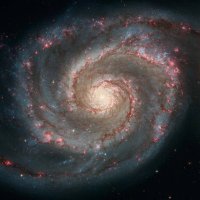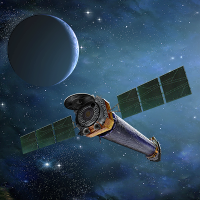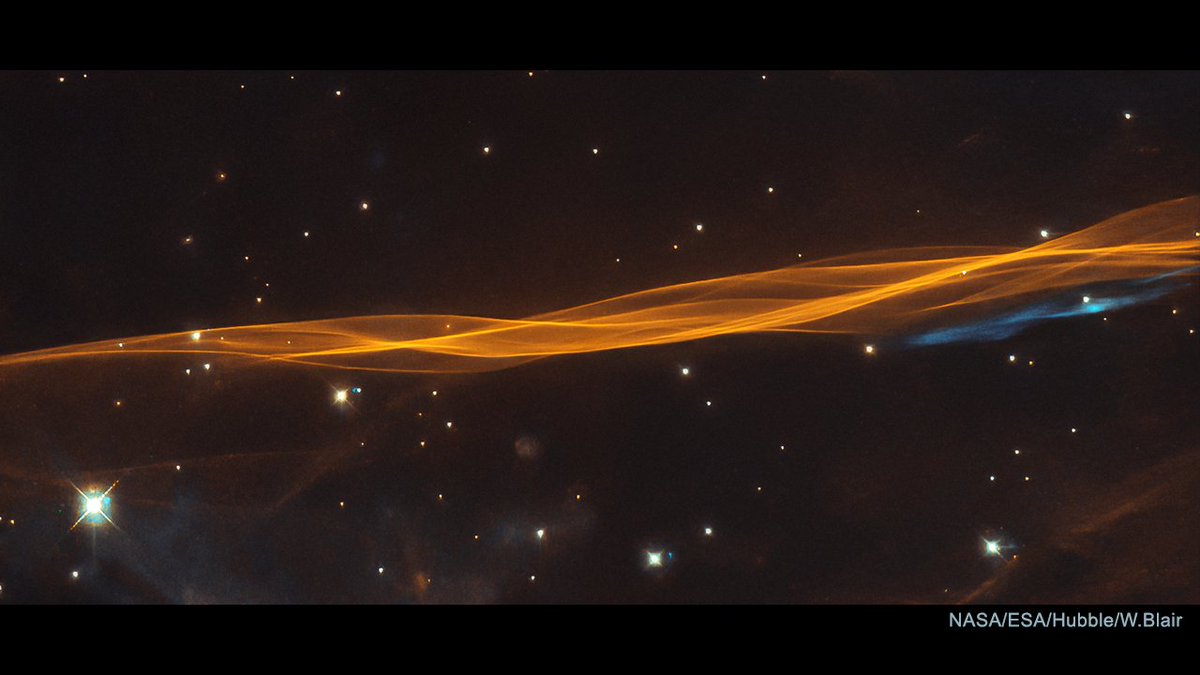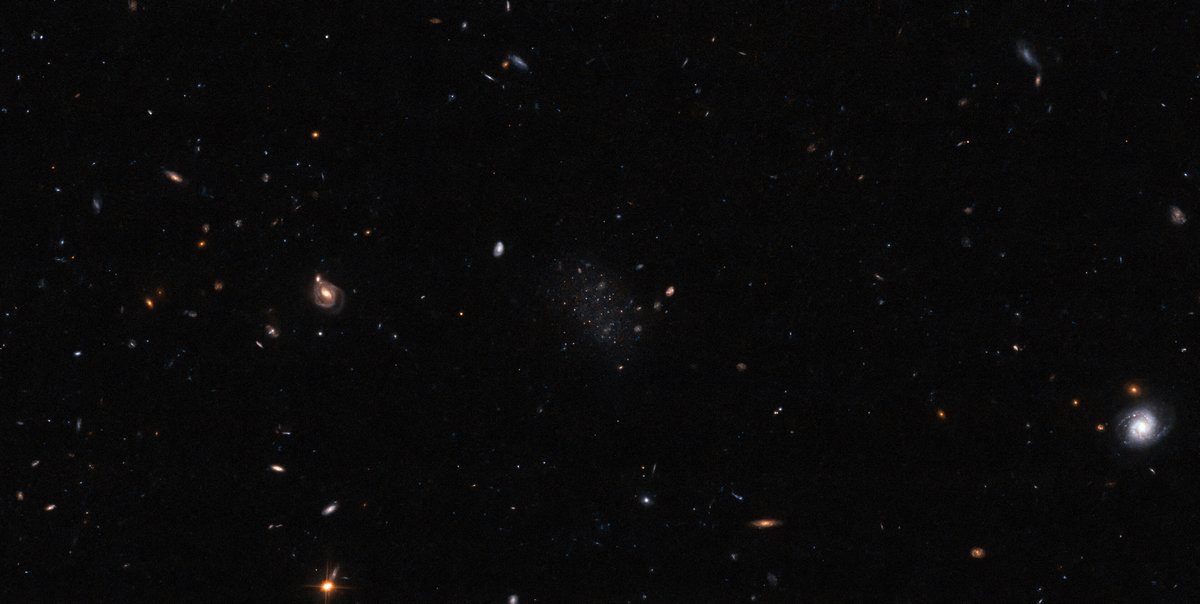
The Invisible Universe
@theinvisiverse
Here you’ll find geekitude for blind and low vision space and astronomy enthusiasts. [email protected]
ID: 1479307673111773188
http://www.patreon.com/christinemalec 07-01-2022 04:23:57
144 Tweet
89 Followers
18 Following

There are many ways to explore the cosmos. Chandra Observatory’s Tactile Universe provides materials that are accessible to people who are blind or visually impaired through Braille, tactile techniques, 3D printing, audio, and more: chandra.si.edu/tactile/ #WorldBrailleDay









As rocks and dust conglomerate into a planet orbitting a star, so this account follows the laws of the universe and processes to Mastidon. It can be found at [email protected]








When my third party ap is snuffed out, probably tomorrow, I'll be waving goodbye to Twitter. This account can be found on Mastodon at [email protected]






